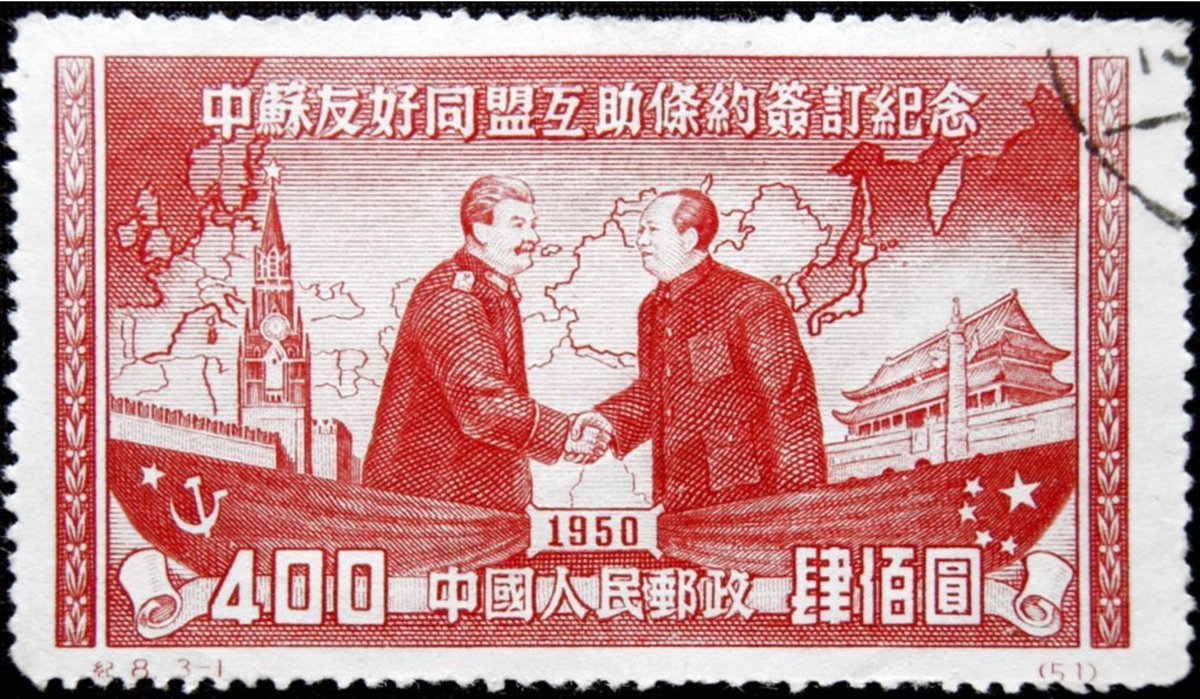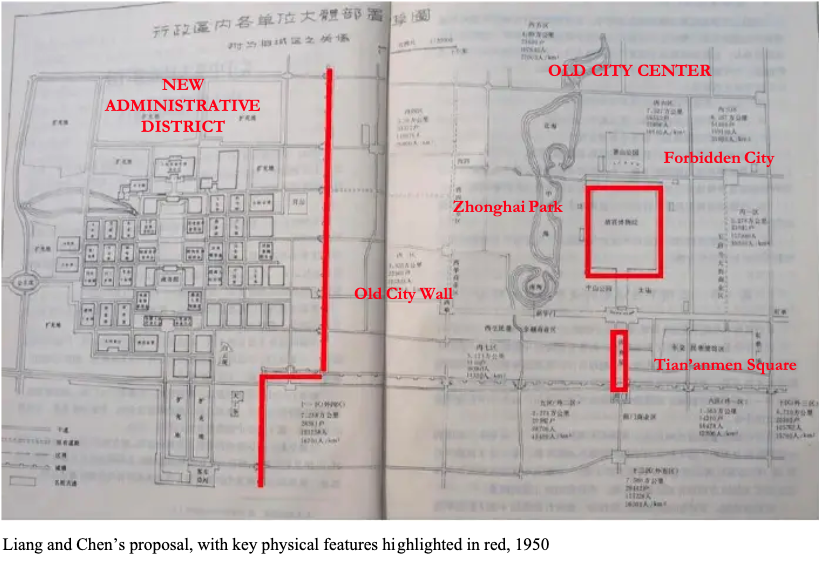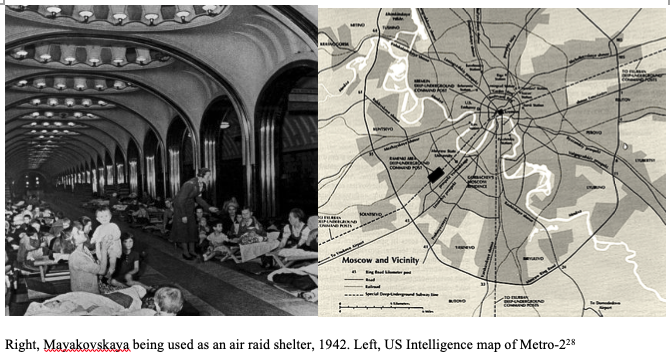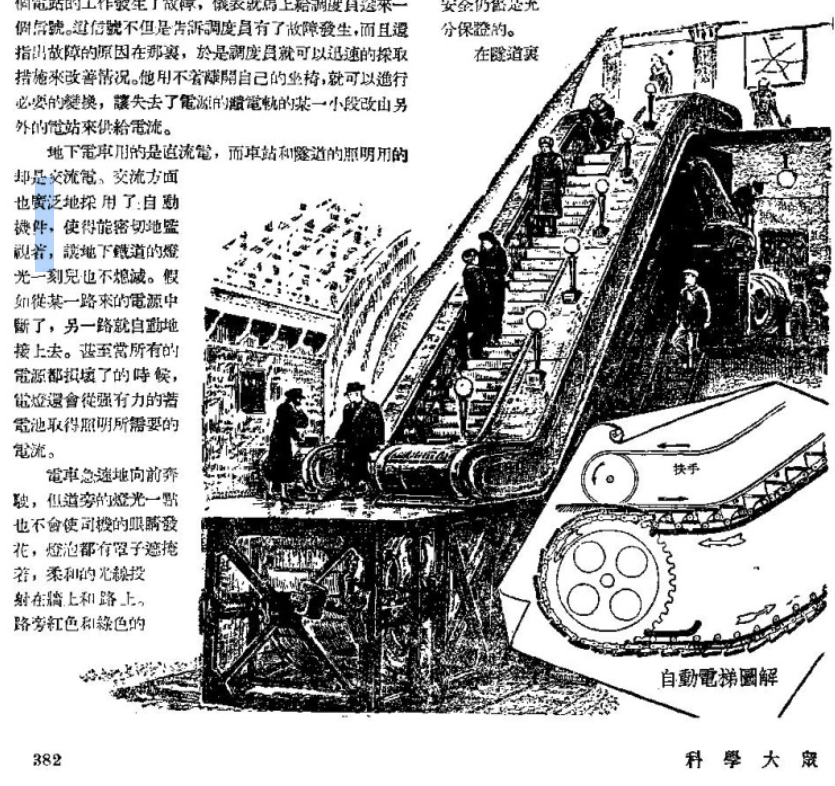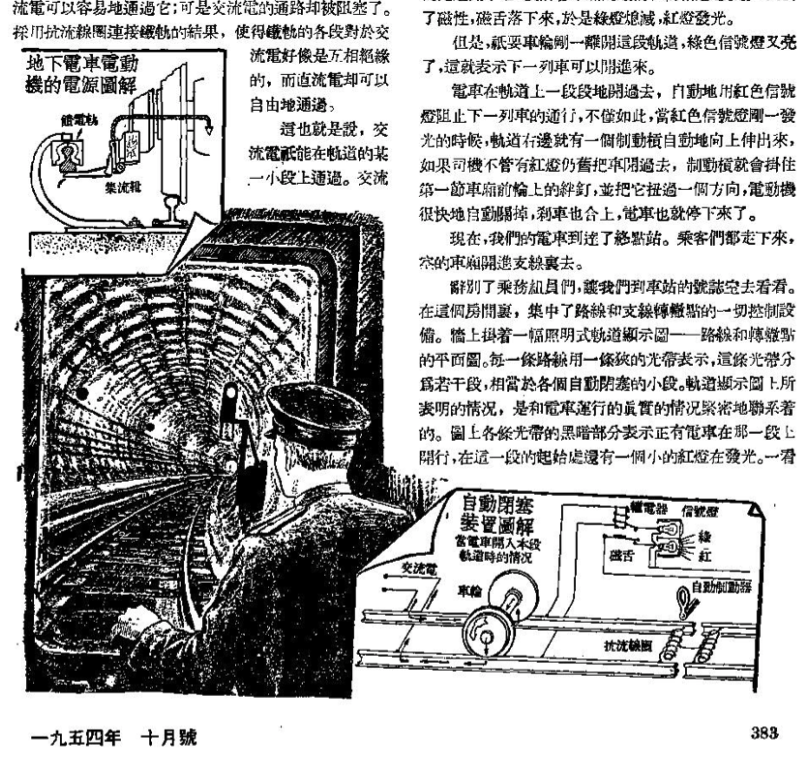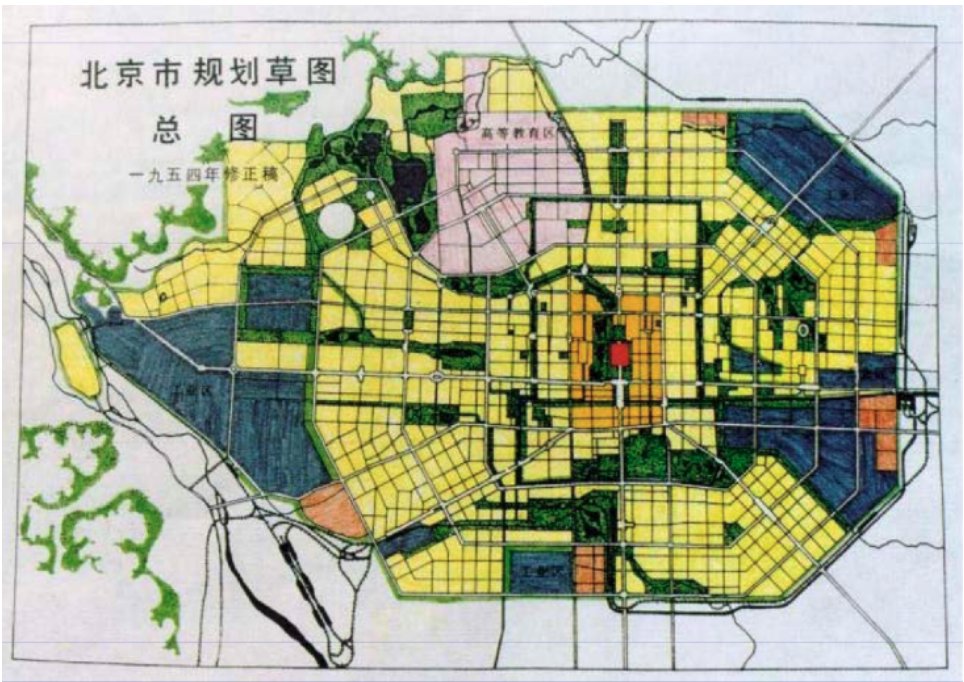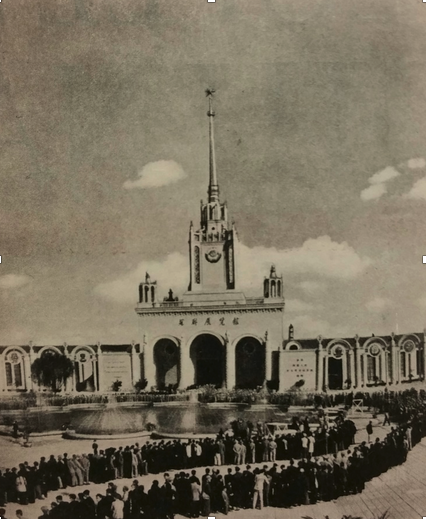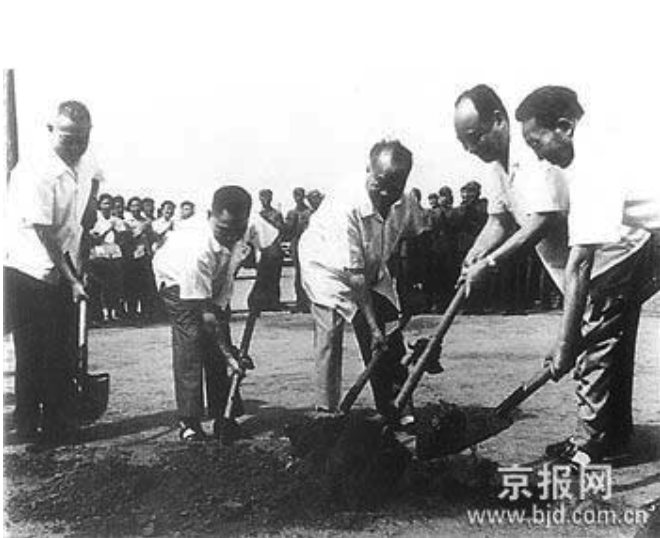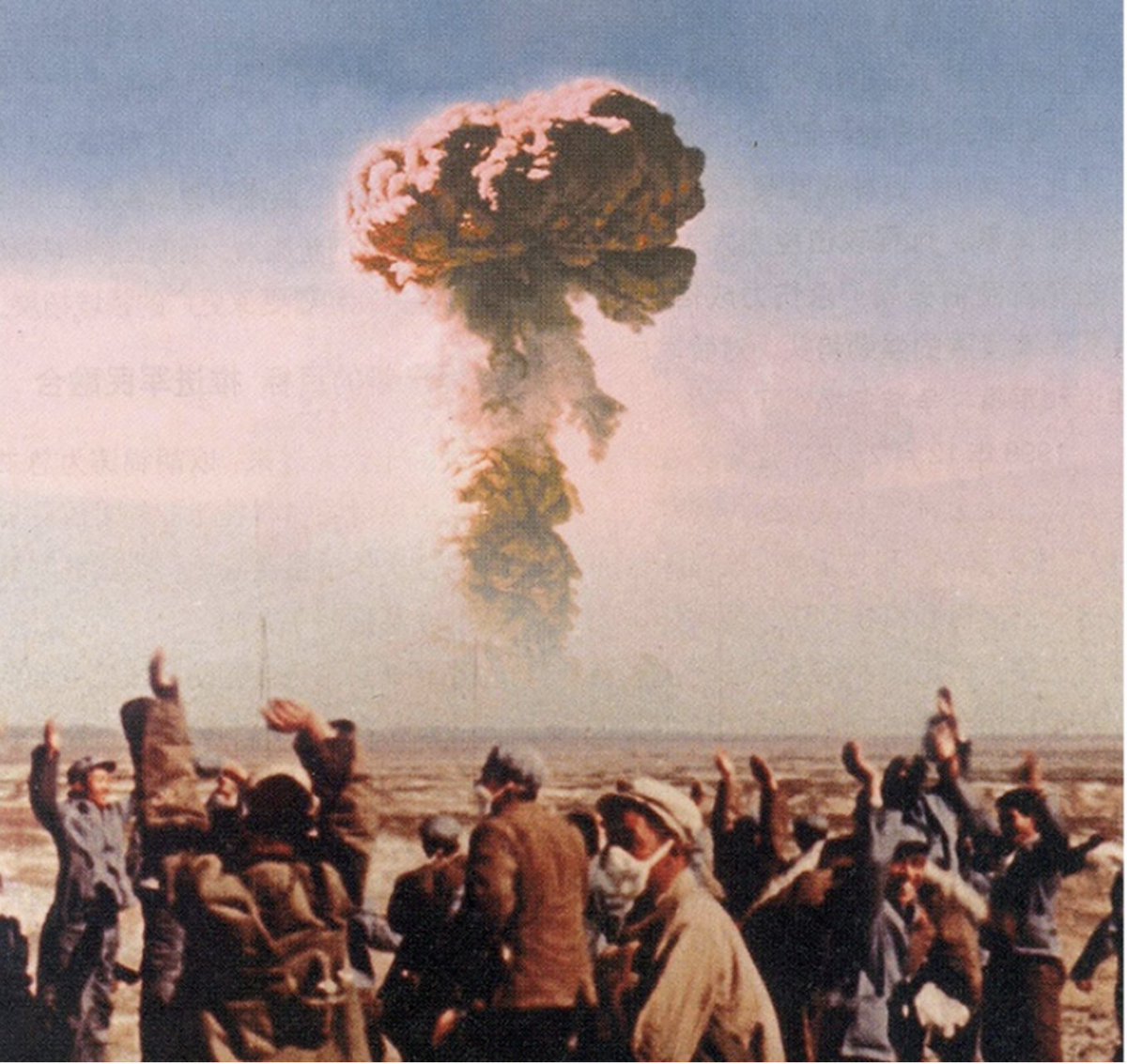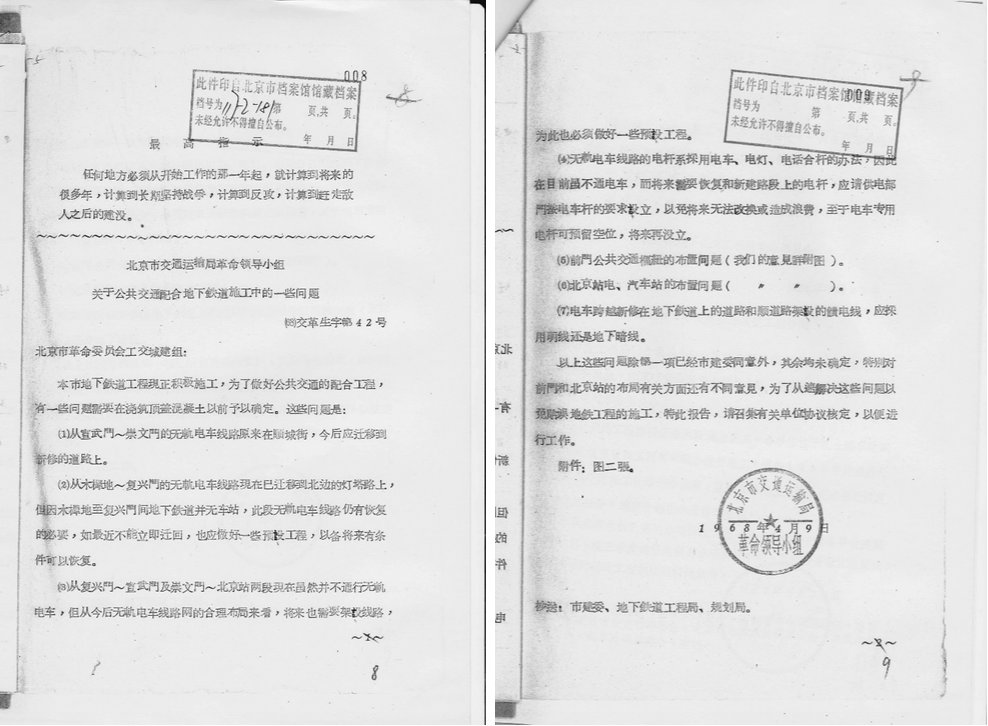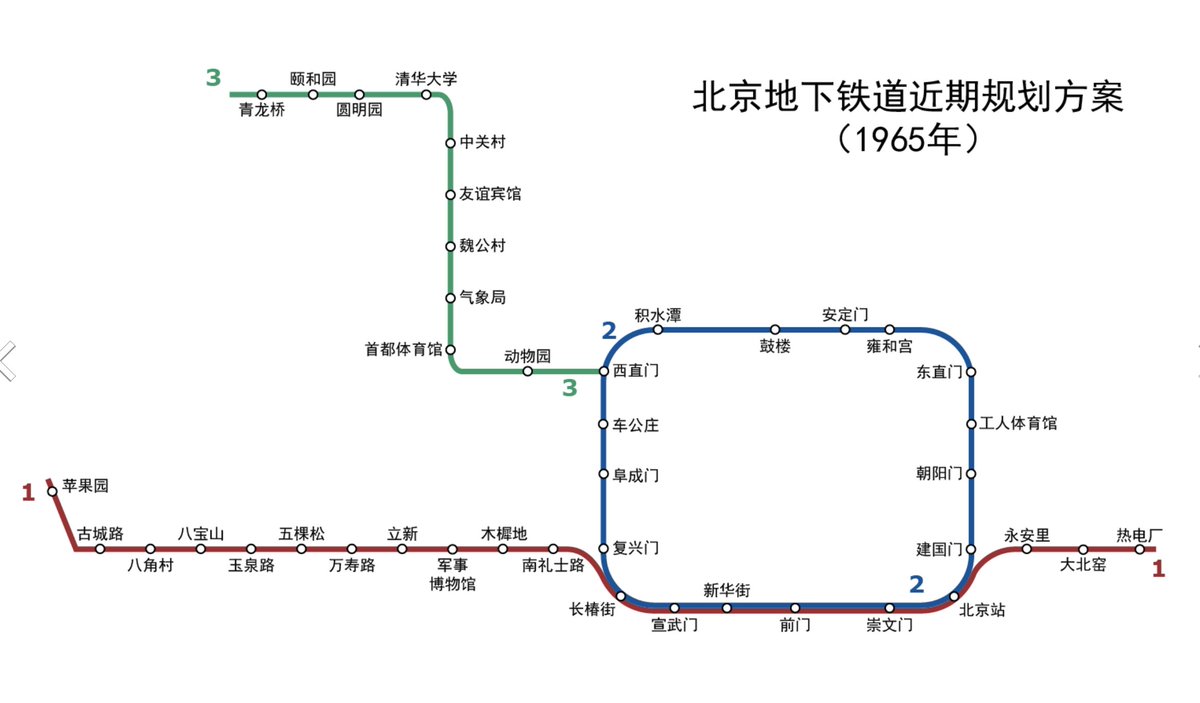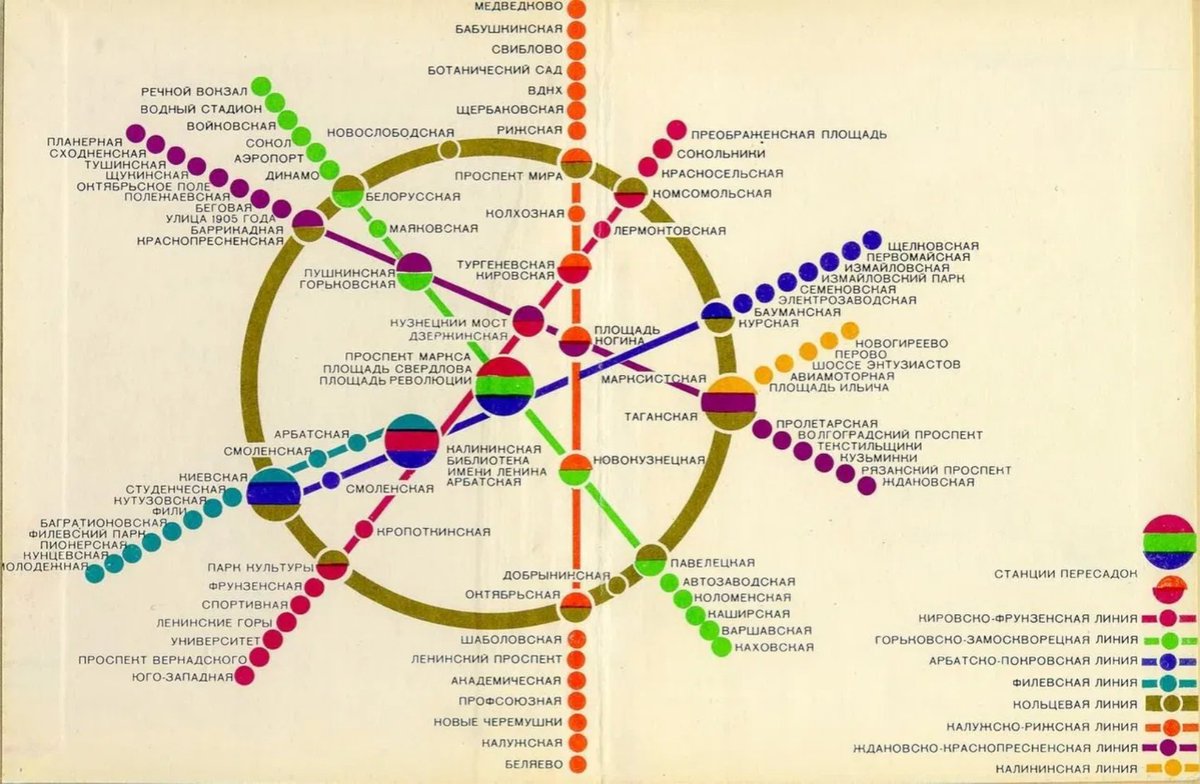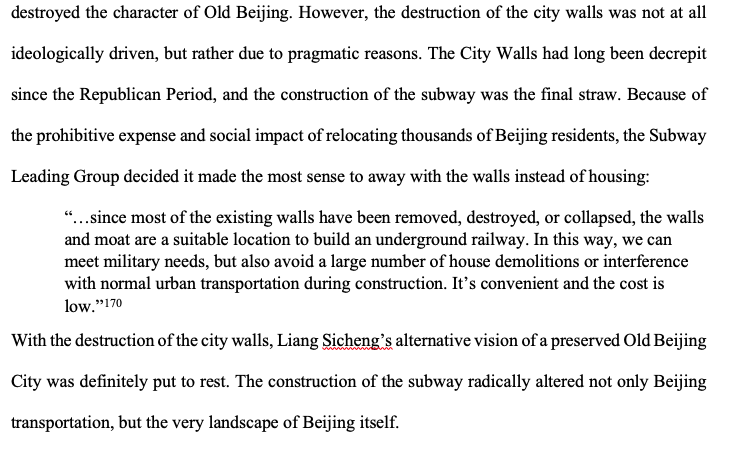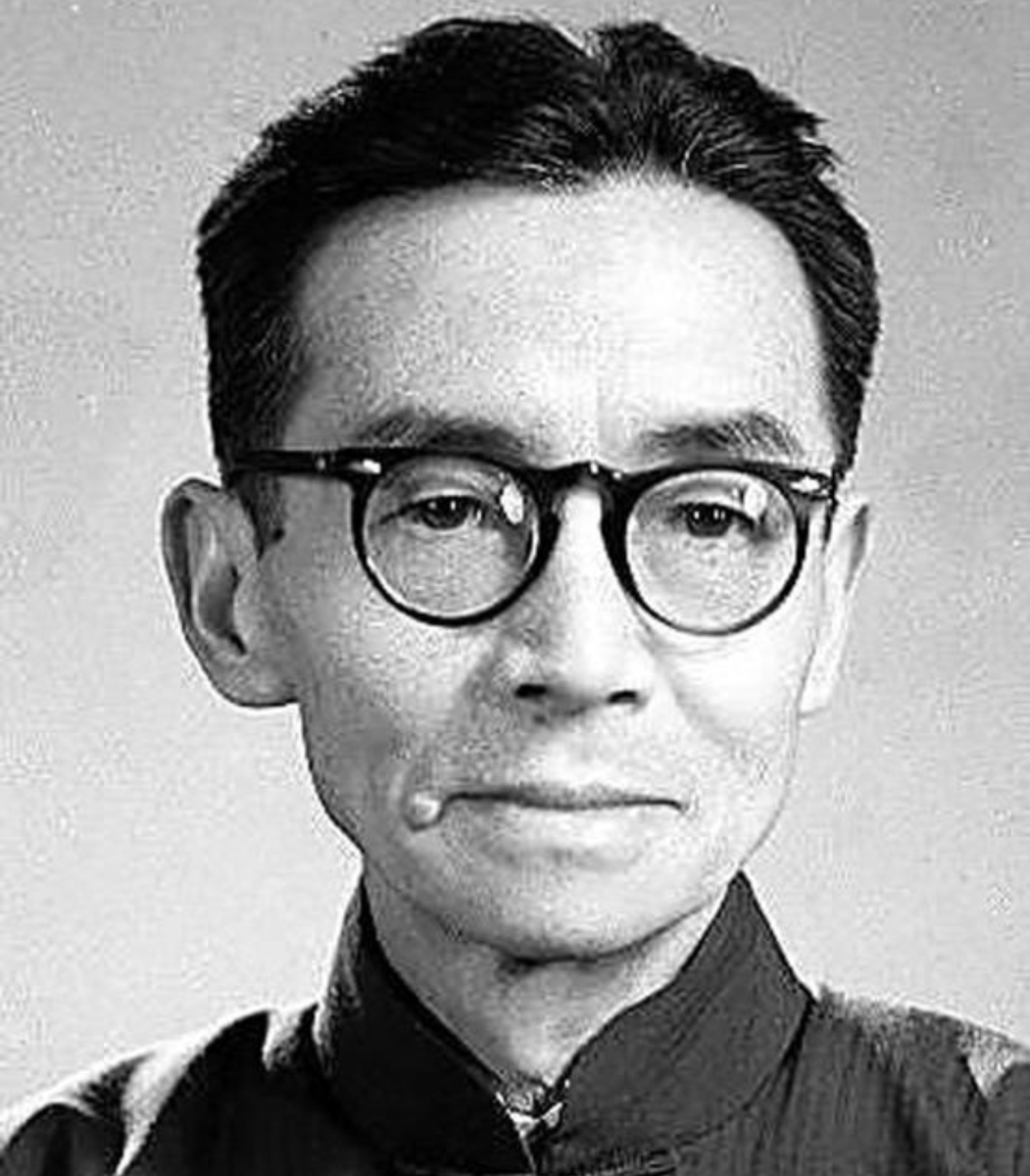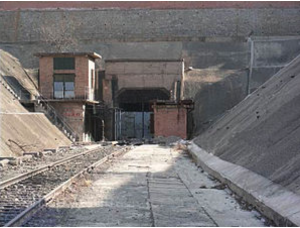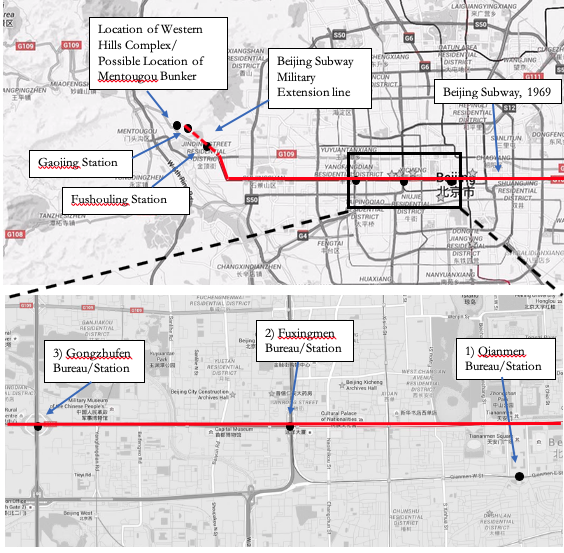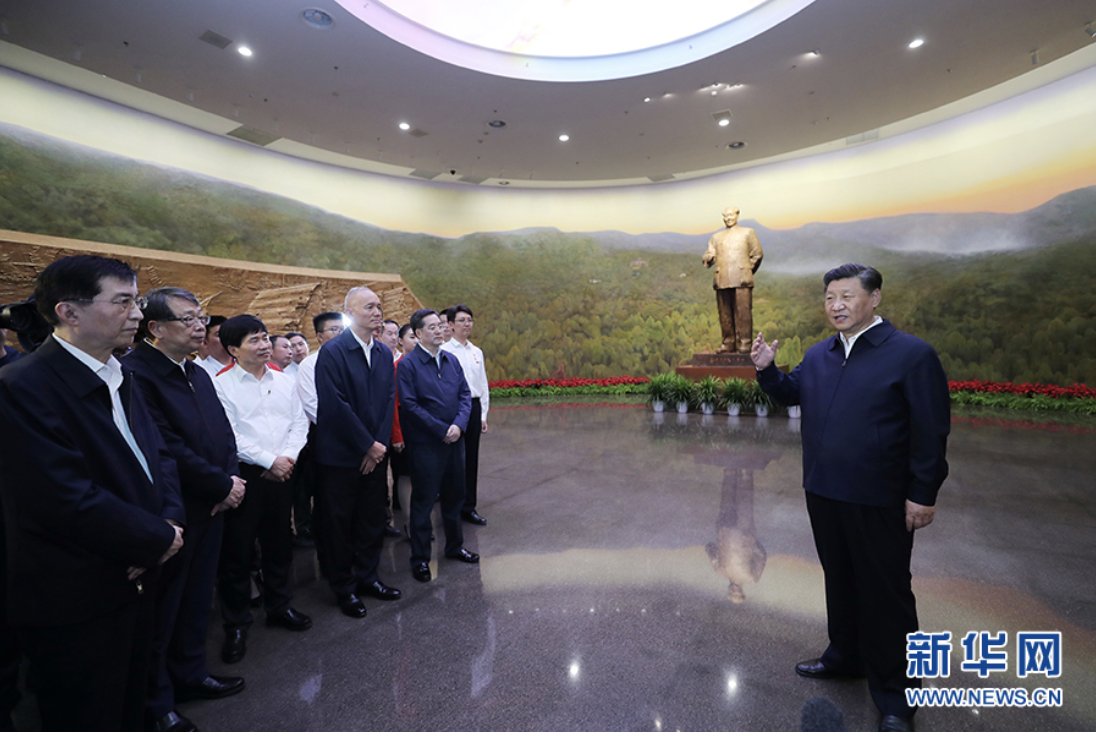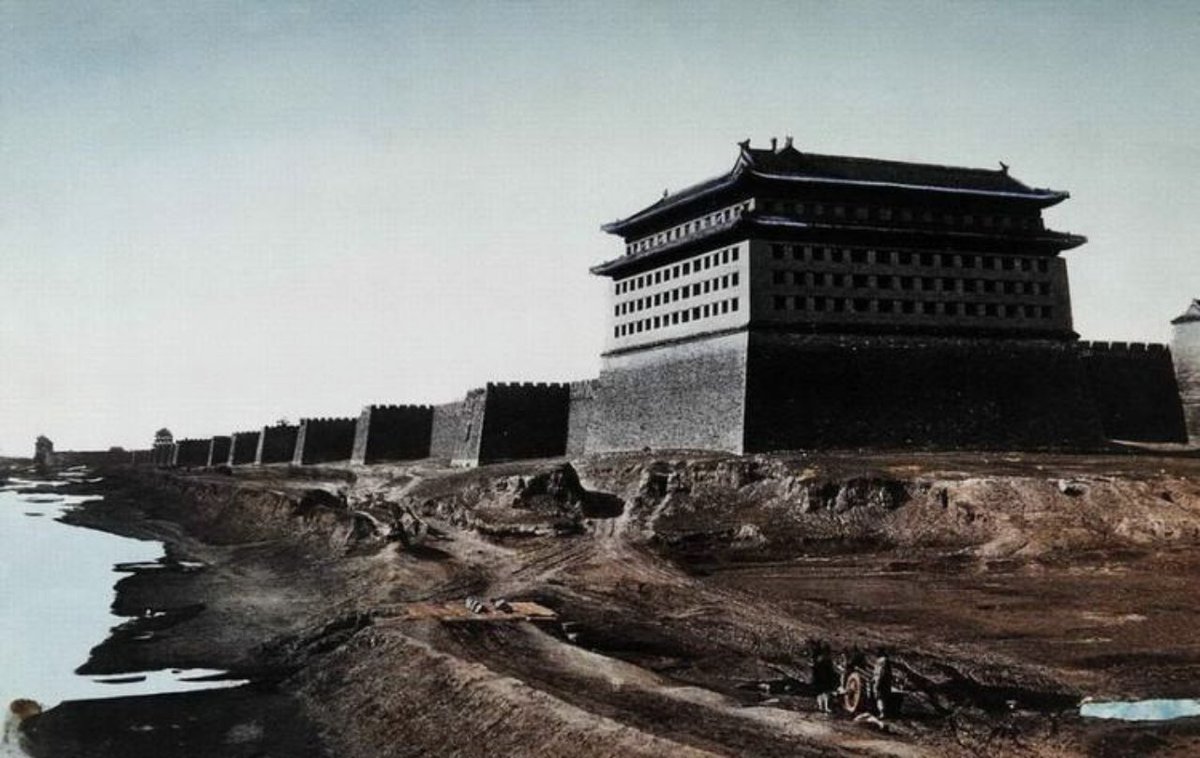The Beijing that could have been, if Mao wasn’t so enamored of Moscow on his visit circa 1950 https://twitter.com/jmchatwin/status/1293568994755129345">https://twitter.com/jmchatwin...
1/ Fun fact: I wrote a thesis paper on this topic.
Beijing& #39;s city walls were doomed by Mao& #39;s visit to Moscow in 1950. He was toured through the city and greatly impressed by the Red Square, its factories and smokestacks, and its (very deep) underground railway...
Beijing& #39;s city walls were doomed by Mao& #39;s visit to Moscow in 1950. He was toured through the city and greatly impressed by the Red Square, its factories and smokestacks, and its (very deep) underground railway...
2/ Ever wonder why Beijing& #39;s city walls were demolished? Why Beijing has a circle line? Why there& #39;s a secret extension to Beijing& #39;s underground military complex in the Western Hills 香山? Read on...
3/ In December 1949, months after Mao declared the founding of the People& #39;s Republic of China, the CCP convened the first ever Beijing City Planning Conference. There, attendees debated what the capital of "New China" should look like...
4/ Famed architect Liang Sicheng proposed a dual-center Beijing: one, the old city, then one of the best preserved ancient cities in the world; the other, a new administrative capital center, maintaining Beijing& #39;s heritage while bringing it into socialist modernity
5/ But Soviet advisors instead urged attendees to remake Beijing in Moscow& #39;s image - centering it around a vast plaza like Moscow& #39;s Red Square, building huge monuments to Socialism around it - some of which we now know as the 十大建筑 https://en.wikipedia.org/wiki/Ten_Great_Buildings">https://en.wikipedia.org/wiki/Ten_...
6/ In 1950, Mao visits Moscow and is hugely impressed - especially by its subway, which had protected residents from Nazi air raids during World War II. One station even sheltered Stalin; another severed as a military command post
7/ Mao returns from his trip and declares: “Beijing needs to have an underground railway. Many other cities have to build them as well.”
So begins a nearly 20-year-long odyssey by the then technologically-backwards PRC to build one of the complex feats of engineering at the time
So begins a nearly 20-year-long odyssey by the then technologically-backwards PRC to build one of the complex feats of engineering at the time
8/ Chinese magazines and papers begin extolling the virtues of the Moscow subway. Here are some pictures of one article in Popular Science 科学大众, entitled “One Day On the Moscow Subway" and w/ diagrams illustrating how the Moscow Subway& #39;s tunnels and escalators worked
9/ Here& #39;s a translated excerpt from the article: “The USSR subway is the world’s best... To find such a magnificent structure like the Moscow subway in any capitalist country is impossible... completely constructed by and in service of by the working citizens..."
10/ So, instead of Liang& #39;s dual-center plan, Mao adopted what I& #39;ll call the "neo-Moscow" plan, with one center, that would radically remodel and reshape the ancient city. Here& #39;s a Beijing city plan circa 1954
11/ But the Sino-Soviet split in 1957-9 dealt a huge blow to the subway, as it relied heavily on Soviet expertise (Below, a Soviet exhibition hall in Beijing). Then came the Great Leap Forward, and the project ground to a halt as millions across the country starved to death...
12/ The project revives in 1964, as paranoid leaders mulled the possibility of bombing, invasion, or even nukes from the USSR or the US. This is China& #39;s Third Front Campaign, aimed at shifting industry to mountainous areas less vulnerable to attack ( @cfmeyskens is the expert!)
13/ China& #39;s General Staff War Department concludes in a secret August 1964 report, “On How Our Country’s Economic Construction Should Prepare Itself Against an Enemy Surprise Attack”, that Beijing MUST have a subway as part of the Third Front
14/ So it begins. July 1, 1965, Deng Xiaoping, Beijing& #39;s mayor Peng Zhen, and others break ground on the subway. The ceremony was largely kept quiet at the time, as it was a military project, important for national security
15/ FUN FACT: About the same time, China successfully tested its first nuke. At Lop Nor, China& #39;s nuclear testing grounds in Xinjiang, the Chinese gov& #39;t builds a subway test line - and nukes it, as they want the Beijing subway to be nuke-proof! (Pic cred: https://www.scmp.com/news/china/article/1617933/day-china-entered-nuclear-age)">https://www.scmp.com/news/chin...
16/ But it runs into another obstacle: the Cultural Revolution, launched 1966. Check out the 最高指示 here from Mao, at the top of this subway construction notice: 任何地方必须从开始工作的那一年起,就计算到将来的很多年,计算到长期坚持战争,计算到反攻,计算到赶走敌人后的建设
17/ OK, I spent all this time talking about the subway, what does this have to do with Beijing& #39;s city walls, right?
Well, have you ever noticed both Beijing and Moscow subways have circle lines? Did you think it was a coincidence? It isn& #39;t.
Well, have you ever noticed both Beijing and Moscow subways have circle lines? Did you think it was a coincidence? It isn& #39;t.
18/ Beijing subway planners always wanted a circle line, which they deemed socialist & superior:
“Subways in cities in capitalist countries, such as Paris, London, or Berlin, are without comprehensive planning and were blindly developed, resulting in a very disordered network..."
“Subways in cities in capitalist countries, such as Paris, London, or Berlin, are without comprehensive planning and were blindly developed, resulting in a very disordered network..."
19/ "...the Moscow Metro is planned around a circular line, for the purposes of transportation, passenger transfer convenience, and to meet the requirements of national defense, so we proposed our initial line will also be a circular line.”
20/ OK, so how do you build a circle line?
How convenient - there& #39;s a decrepit old wall, relic of imperial times, ringing the city right where you can put a nice subway.
Plus: you avoid traffic disruption, you avoid demolishing houses. To Beijing planners, it& #39;s a no brainer
How convenient - there& #39;s a decrepit old wall, relic of imperial times, ringing the city right where you can put a nice subway.
Plus: you avoid traffic disruption, you avoid demolishing houses. To Beijing planners, it& #39;s a no brainer
21/ So it& #39;s farewell to Beijing& #39;s old city walls, in the end really more out of pragmatism than ideology, but in the beginning sparked by Mao& #39;s fervent desire to turn Beijing into a modern socialist capital that could rival Moscow... now, of course, some regret it
22/ BTW what happened to Liang Sicheng, the famed architect who advocated preservation? Well, under the Cultural Revolution, he was denounced as a "counter-revolutionary", fired from his post at Tsinghua, and sent down to the countryside, where he died in 1972.
23/ Anyways, construction continues. Along with the circle line (now 一号线), the city also constructs a straight line (now 二号线). Here& #39;s where things get a tad fuzzier. It& #39;s about the military purpose of the subway...
24/ Line no 1. runs thru the heart of Beijing, past the leadership compound at Zhongnanhai, and runs up into the Western Hills, where the Chinese gov& #39;t has a massive underground military bunker.
25/ At a meeting in 1956, air defense expert Ke Kewei (? possibly a Soviet) suggested the line from Tian& #39;anmen Square to the Western Hills could be used for evacuation in case of an air raid, including "rapid transportation of leading comrades"
26/ Ke Kewei mentioned a totally underground line would shelter about 240,000 people in case of bombing - 6 ppl/meter, 20 kilometers long double-line, 6*2*20*1000 = 240,000 people sheltered. But a partially above-ground line could help evacuate people faster, higher capacity
27/ Anyways, Ke Kewei is (presuming he& #39;s Soviet) expelled. Next hint comes a decade later, when a 1965 report on subway engineering warns that China& #39;s telecoms network is vulnerable to attack (looking at you, Xi/Trump/Pompeo) and urges construction of underground telecom lines
28/ Plan says there should be four underground telecom bunkers, built in tandem with the subway line no. 1. They are spaced out and located along with well-known stations now like 前门站,复兴门站,公主坟站
29/ But the last one at Mentougou 门头沟, very far from the other three. What gives? Well, Mentougou is the district containing line no. 1& #39;s last train station - NOT Pingguoyuan 苹果园站, the last accessible to civilians, but Gaojing 高井站, located in a restricted military area
30/ See the picture here? You have a subway, with underground military-use telecoms lines, running from Zhongnanhai/Tiananmen square up into a military-restricted area in the Western Hills, with telecom bunkers allowing for comms in case of air raids between the military & city
31/ It& #39;s unclear if this was ever used to ferry leadership between Zhongnanhai and Western Hills complex, though speculation is rife. The LA Times says Deng Xiaoping fled to Western Hills during 1989 protests, but it says he left in a convey, not by train https://www.latimes.com/archives/la-xpm-1989-06-08-mn-1933-story.html">https://www.latimes.com/archives/...
32/ I seem to recall a CCTV report one time aired showing Xi INSIDE the Western Hills military complex, but I couldn& #39;t find it. Instead, enjoy this one of Xi visiting the memorial there.
https://www.youtube.com/watch?v=60ZRXMx1jsM&vl=zh-CN">https://www.youtube.com/watch...
https://www.youtube.com/watch?v=60ZRXMx1jsM&vl=zh-CN">https://www.youtube.com/watch...
33/ Anyways that& #39;s the end of my story. If you want to read more my thesis is here: https://www.academia.edu/37666564/Soviet_Inspirations_and_Military_Justifications_for_the_Planning_and_Construction_of_Beijing_s_First_Subway_Line_1950_1969">https://www.academia.edu/37666564/...
34/ On a more personal note, I first dug into this because I love old Chinese architecture and always wondered what happened to Beijing& #39;s city walls. Unexpectedly I fell into a Mao-subway-Soviet Union rabbit hole
35/ Also: A lot of this was based on documents dug out of the Beijing City Archives in 2015. Access to Mao-era documents is getting stricter, & I heard the archives closed a couple years ago to do some "clean-up". It recently reopened, I hope many of the documents are still there

 Read on Twitter
Read on Twitter